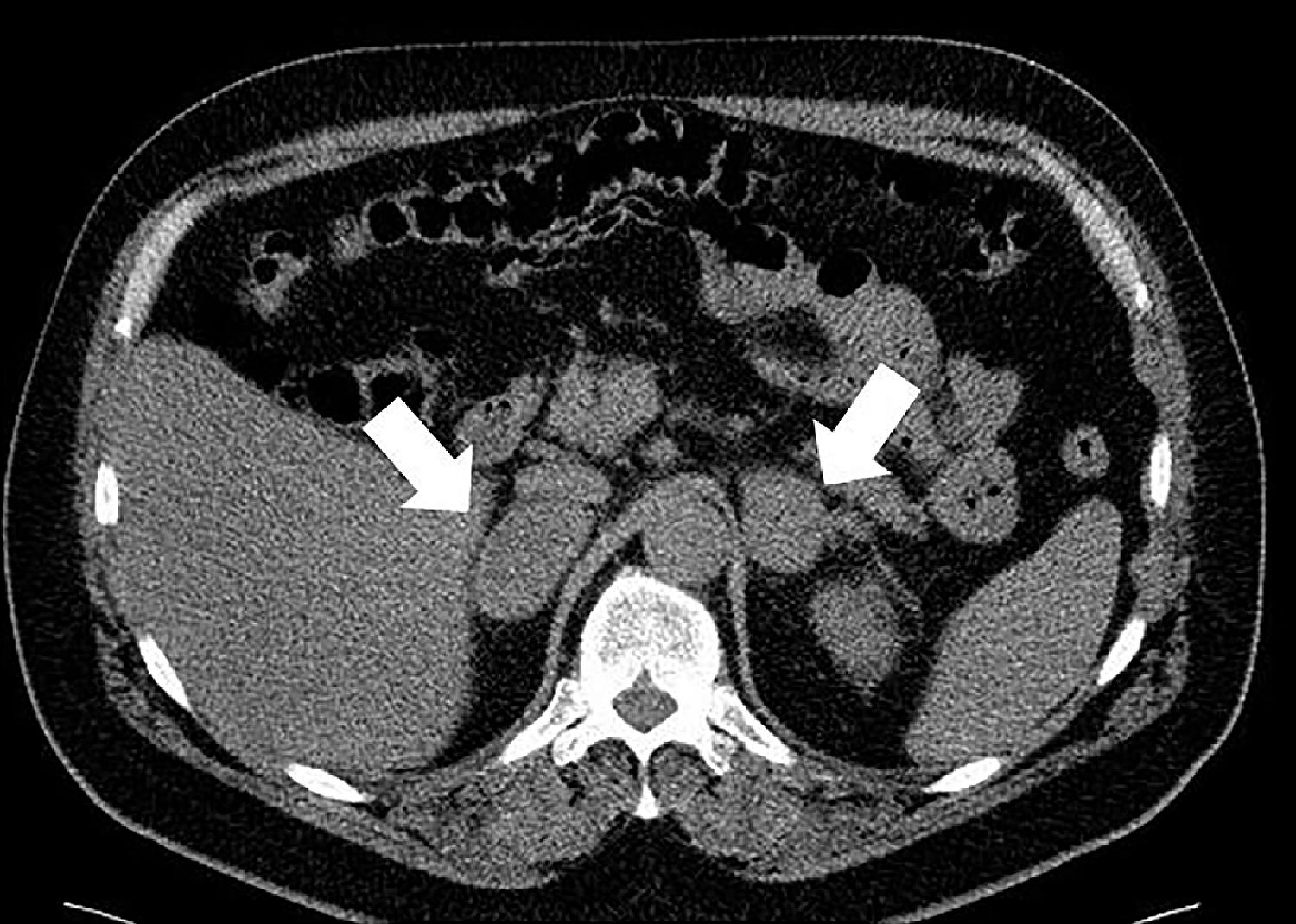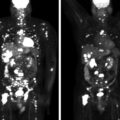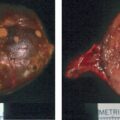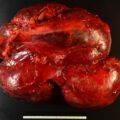Bilateral adrenal metastases should be suspected in any case of the rapidly enlarging indeterminate bilateral adrenal masses, even in the absence of a known extraadrenal malignancy. Although otherwise rarely needed in the workup of adrenal tumors, adrenal biopsy is indicated when adrenal metastasis is strongly suspected, and only after exclusion of pheochromocytoma.
Case Report
The patient was a 59-year-old man with history of well-controlled hypertension and obesity. He presented for evaluation of bilateral adrenal masses discovered incidentally on abdominal imaging performed in the emergency department for work-up of abdominal pain. He reported weight gain of 40 pounds over 2 years that he attributed to quitting smoking (50 pack-year history). He had a skin lesion removed 3 years prior that was reportedly benign. He worked as a farmer. He took lisinopril 5 mg daily for hypertension. Review of systems was positive only for chronic cough, and abdominal pain was no longer present. Physical examination was unrevealing, without features of Cushing syndrome.
INVESTIGATIONS
On review of unenhanced computed tomography (CT) from 4 months ago, large bilateral masses were noted with indeterminate imaging characteristics ( Fig. 79.1 ). The baseline laboratory test results are shown in Table 79.1 . The serum corticotropin and dehydroepiandrosterone sulfate concentrations were within normal ranges, and cortisol suppressed normally with an overnight 1-mg dexamethasone suppression test. Workup for primary aldosteronism and catecholamine excess was negative (see Table 79.1 ).

| Biochemical Test | Result | Reference Range |
| 1-mg overnight DST | 1.4 | <1.8 |
| ACTH, pg/mL | 24 | 7.2–63 |
| DHEA-S, mcg/dL | 196 | 20–299 |
| Aldosterone, ng/dL | 7 | <21 |
| Plasma renin activity, ng/mL per hour | 2.3 | 2.9–10.8 |
| Plasma metanephrine, nmol/L | 0.42 | <0.5 |
| Plasma normetanephrine, nmol/L | 0.34 | <0.9 |
Stay updated, free articles. Join our Telegram channel

Full access? Get Clinical Tree








